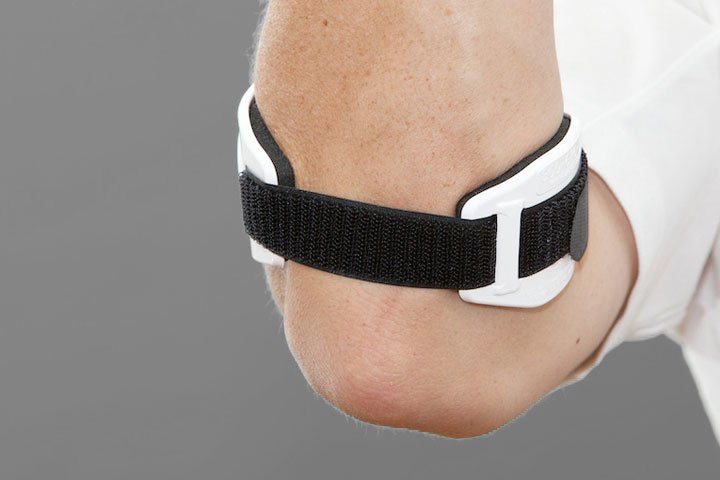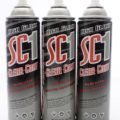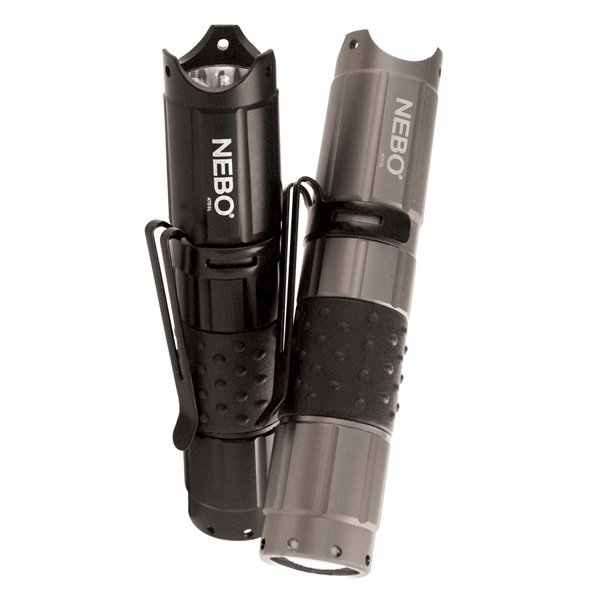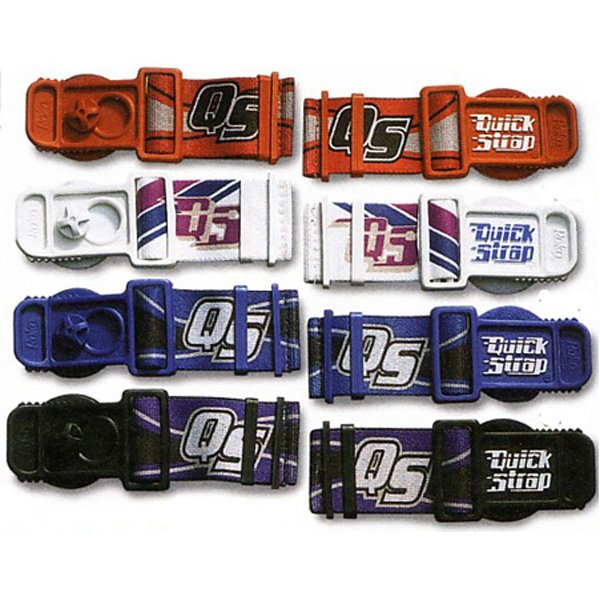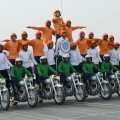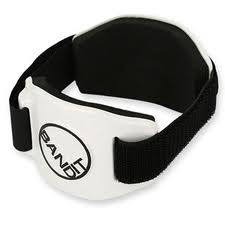 As I plummet into middle age, I can make a few astute observations. One is that hair seems to grow at a miraculous rate everywhere on my body except on the top of my head. Another is the fact that parts of the musculoskeletal system I’ve alternately abused and neglected for decades is now starting to protest daily functions – like bending over or getting up in the morning.
Nowhere is this last revelation more evident than in my right elbow. One day, without warning, it just decided to stop working. I know this because it sent me a signal in the form of acute pain where the little knubby bone is on the outside of my elbow. It felt like it had been burned with an acetylene torch. So I did what most other guys my age would do – I became a martyr for masculinity and just dealt with the pain. This went on for the next year, until it got to the point where merely brushing it up against something caused excruciating pain and I would involuntarily scream like a little girl. So much for machismo – I finally broke down and went to the doctor.
He informed me that I had a Repetitive Stress Injury, in this case called Lateral Epicondylitis, more commonly known as Tennis Elbow. I explained that I wasn’t playing weekly mixed double matches at the Racquet Club with Julietta, Chauncey, and Blythe. In fact, I’d only played tennis a few times as a teenager. The doctor informed me that it didn’t matter if I’d never played tennis at all – the injury stems from repeatedly gripping something that puts stress on the tendon that attaches muscle to the epicondyle bone. Fortunately the doctor was a consummate professional, so he was able to exercise restraint and keep any excessive masturbation jokes to himself. Unfortunately I had to explain my injury to friends and coworkers, who reveled in them for weeks.
After several rounds of Cortisone Shots and months of physical therapy my condition actually got worse. An MRI revealed that the tendon at the root of the injury had developed so much scar tissue it now resembled a piece of fried Calamari. The excessive scar tissue was preventing any fresh platelets from reaching the injury to help it heal effectively. So the doctors decided to perform Prolotherapy – a benevolent sounding medical term that essentially means repeatedly stabbing the injury with a four inch needle. The idea is to reinitiate the healing process and draw fresh blood to the area. As counter productive as it seemed this actually (somewhat) worked, although sadly it didn’t produce the Popeye sized super forearm I was hoping for.
While Tennis Elbow isn’t usually caused by excessive motorcycle riding (or masturbation – just to set the record straight), Carpal Tunnel Syndrome is rapidly becoming an issue that many off road riders are struggling with. In fact, according to this article on the Racer X Virtual Trainer, Carpal Tunnel is rapidly finding it’s way into the rank and file of MX racers. This could be due to the fact that, in addition to maintaining a death grip on a set of handle bars, many of us also spend hours and hours each week pecking at a keyboard or fiddling with smart phones. And, of course, excessively masturbating. If you’re wrestling with a repetitive stress injury, whether it’s in your elbow, forearm, wrist, or hand – you may benefit from a support brace.
Therapeutic forearm support braces help to prevent and heal repetitive stress injuries by holding tendons in place and reducing tension where they attach to the muscles. Tendons should move – they have elasticity and can stretch slightly like a spring, but they shouldn’t roll around like an empty beer can in the bed of a pickup truck. Wearing a brace can help increase the amount of pain free force that’s applied when gripping something and consequently lengthen the duration you can actually maintain that grip.
Any pharmacy or megastore usually stocks an assortment of support braces with a variety of gimmicks; air cushioned, gel cushioned, dual tension straps, and full length neoprene to name a few. What sets the BandIT Therapeutic Forearm Band apart from most other support braces is that it supports the Extensor and Flexer Muscle Groups simultaneously, meaning it holds tendons on both sides of the forearm in place.
I’ve been using the BandIT Forearm Band for over a year now and out of the several different brands I’ve tried it’s definitely the best. It offers the most support while riding without cutting off the circulation to my hand. With the exception of a few accidental high speed excursions into extremely rocky terrain it also stays in place, whether wearing it under or over a base layer.
The drawback of this particular brace is the velcro fastening strap, which is a bit stiff and can chafe and dig into the skin when new. The neoprene cushions on the inside of the plastic plates also becomes a bit rank after being repeatedly soaked in sweat. Both the stiff strap and stinky padding are helped with regular repeated hand washing.
Allegedly the plastic plates can be bent and manipulated to accommodate different sized forearms. I didn’t need to change their shape for my average sized forearm but I did attempt to bend the plates to see how easy it was. They were so stiff that in the process of trying to manipulate them I aggravated my injury. Soaking the brace in hot water might help make them more malleable, but I only got as far as throwing it on the ground and cursing.
There’s also a magnetized version available. Some people believe that magnets improve blood flow in underlying tissue. There’s a strong possibility this idea came from the 70s when people spent too much time in their basements eating Peyote and listening to Led Zeppelin albums played backwards. Those people now belong in a clinical study on the long term adverse mental health effects of black light exposure. Either way, as the unwilling participant of several MRIs, I can testify that being exposed to powerful magnets for lengthy periods did not cause my body to become a bastion of health. If anything I felt older and more decrepit from being forced to lay motionless in an awkward position inside a tube for 30 minutes. Save your money – magnets belong on the fridge.
According to the Orthopedic Surgeon who poked and prodded my elbow to see if he could extract a new set of golf clubs, the biggest mistake people make with forearm braces (BandIT or otherwise) is putting them on incorrectly. You have to simulate gripping something before you tighten the strap. Place the support strap loosely over the injured area and make a fist or grip something firmly (mind out of the gutter please) and then tighten it up – but not so tight it cuts off circulation.
As I plummet into middle age, I can make a few astute observations. One is that hair seems to grow at a miraculous rate everywhere on my body except on the top of my head. Another is the fact that parts of the musculoskeletal system I’ve alternately abused and neglected for decades is now starting to protest daily functions – like bending over or getting up in the morning.
Nowhere is this last revelation more evident than in my right elbow. One day, without warning, it just decided to stop working. I know this because it sent me a signal in the form of acute pain where the little knubby bone is on the outside of my elbow. It felt like it had been burned with an acetylene torch. So I did what most other guys my age would do – I became a martyr for masculinity and just dealt with the pain. This went on for the next year, until it got to the point where merely brushing it up against something caused excruciating pain and I would involuntarily scream like a little girl. So much for machismo – I finally broke down and went to the doctor.
He informed me that I had a Repetitive Stress Injury, in this case called Lateral Epicondylitis, more commonly known as Tennis Elbow. I explained that I wasn’t playing weekly mixed double matches at the Racquet Club with Julietta, Chauncey, and Blythe. In fact, I’d only played tennis a few times as a teenager. The doctor informed me that it didn’t matter if I’d never played tennis at all – the injury stems from repeatedly gripping something that puts stress on the tendon that attaches muscle to the epicondyle bone. Fortunately the doctor was a consummate professional, so he was able to exercise restraint and keep any excessive masturbation jokes to himself. Unfortunately I had to explain my injury to friends and coworkers, who reveled in them for weeks.
After several rounds of Cortisone Shots and months of physical therapy my condition actually got worse. An MRI revealed that the tendon at the root of the injury had developed so much scar tissue it now resembled a piece of fried Calamari. The excessive scar tissue was preventing any fresh platelets from reaching the injury to help it heal effectively. So the doctors decided to perform Prolotherapy – a benevolent sounding medical term that essentially means repeatedly stabbing the injury with a four inch needle. The idea is to reinitiate the healing process and draw fresh blood to the area. As counter productive as it seemed this actually (somewhat) worked, although sadly it didn’t produce the Popeye sized super forearm I was hoping for.
While Tennis Elbow isn’t usually caused by excessive motorcycle riding (or masturbation – just to set the record straight), Carpal Tunnel Syndrome is rapidly becoming an issue that many off road riders are struggling with. In fact, according to this article on the Racer X Virtual Trainer, Carpal Tunnel is rapidly finding it’s way into the rank and file of MX racers. This could be due to the fact that, in addition to maintaining a death grip on a set of handle bars, many of us also spend hours and hours each week pecking at a keyboard or fiddling with smart phones. And, of course, excessively masturbating. If you’re wrestling with a repetitive stress injury, whether it’s in your elbow, forearm, wrist, or hand – you may benefit from a support brace.
Therapeutic forearm support braces help to prevent and heal repetitive stress injuries by holding tendons in place and reducing tension where they attach to the muscles. Tendons should move – they have elasticity and can stretch slightly like a spring, but they shouldn’t roll around like an empty beer can in the bed of a pickup truck. Wearing a brace can help increase the amount of pain free force that’s applied when gripping something and consequently lengthen the duration you can actually maintain that grip.
Any pharmacy or megastore usually stocks an assortment of support braces with a variety of gimmicks; air cushioned, gel cushioned, dual tension straps, and full length neoprene to name a few. What sets the BandIT Therapeutic Forearm Band apart from most other support braces is that it supports the Extensor and Flexer Muscle Groups simultaneously, meaning it holds tendons on both sides of the forearm in place.
I’ve been using the BandIT Forearm Band for over a year now and out of the several different brands I’ve tried it’s definitely the best. It offers the most support while riding without cutting off the circulation to my hand. With the exception of a few accidental high speed excursions into extremely rocky terrain it also stays in place, whether wearing it under or over a base layer.
The drawback of this particular brace is the velcro fastening strap, which is a bit stiff and can chafe and dig into the skin when new. The neoprene cushions on the inside of the plastic plates also becomes a bit rank after being repeatedly soaked in sweat. Both the stiff strap and stinky padding are helped with regular repeated hand washing.
Allegedly the plastic plates can be bent and manipulated to accommodate different sized forearms. I didn’t need to change their shape for my average sized forearm but I did attempt to bend the plates to see how easy it was. They were so stiff that in the process of trying to manipulate them I aggravated my injury. Soaking the brace in hot water might help make them more malleable, but I only got as far as throwing it on the ground and cursing.
There’s also a magnetized version available. Some people believe that magnets improve blood flow in underlying tissue. There’s a strong possibility this idea came from the 70s when people spent too much time in their basements eating Peyote and listening to Led Zeppelin albums played backwards. Those people now belong in a clinical study on the long term adverse mental health effects of black light exposure. Either way, as the unwilling participant of several MRIs, I can testify that being exposed to powerful magnets for lengthy periods did not cause my body to become a bastion of health. If anything I felt older and more decrepit from being forced to lay motionless in an awkward position inside a tube for 30 minutes. Save your money – magnets belong on the fridge.
According to the Orthopedic Surgeon who poked and prodded my elbow to see if he could extract a new set of golf clubs, the biggest mistake people make with forearm braces (BandIT or otherwise) is putting them on incorrectly. You have to simulate gripping something before you tighten the strap. Place the support strap loosely over the injured area and make a fist or grip something firmly (mind out of the gutter please) and then tighten it up – but not so tight it cuts off circulation.
For now, my injury has plateaued – some days my elbow feels tender, other days it’s pain free. The latest assessment from my doctor is that I’ve improved as much as I’m going to without Plasma Replacement Therapy, a painful out patient procedure which may or may not require a trip to the International Space Station. I might be giving magnets a try after all. Or maybe Peyote. But in the mean time I’ll keep wearing the BandIT Forearm Brace.